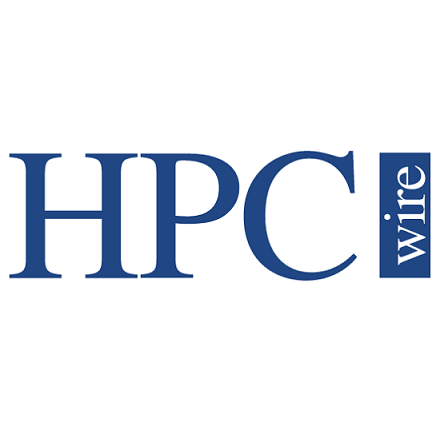
Australian Government Unveils New Defense, Weather Supercomputers
August 15, 2022
The Australian government has been busy on the supercomputing front. In just the last two weeks, the Australian Department of Defence and the Australian Bureau of Meteorology have both revealed major supercomputing updates. The Department of Defence, for its part, unveiled a new supercomputer: Taingiwilta, named after the word for “powerful” in the language of the... Read more…

Russia Boasts Compact Deploy-Anywhere Supercomputer
November 23, 2018
Russia's Ruselectronics Group, part of the state-owned Rostec corporation, has purportedly developed a compact "supercomputer" for defense applications with 2.2 Read more…

SGI Scores Second DoD Deal in Two Months
December 18, 2014
SGI was awarded a contract worth $30,750,000 to supply the Air Force Research Laboratory (AFRL) with a 3.9 petaflops SGI ICE X supercomputer. This is the second Read more…

BAE Systems Hones HPC Strategy
July 16, 2014
High-performance computing is vitally important to the mission of BAE Systems, one of the largest defense, aerospace, and security contractors in the world. As Read more…

Russian-Bred Supercomputer in the Works
April 11, 2014
Russia is said to be developing a home-grown supercomputer for military-industrial applications, according to a report in Prensa Latina. Ruselectronics CEO And Read more…

Air Force Research Laboratory Unveils ‘Raptor’ Supercomputer
March 4, 2011
The new Cray XE6 system is the DOD's largest. Read more…

Embedded Clouds: A Look Back at HPEC 2010
September 22, 2010
High-performance computing (HPC) isn't restricted to computer rooms. It is also found "embedded" within expensive gadgets. For example, it is at your local hospital inside the CAT and MR scanners. It is inspecting new semiconductors. It is inside defense RADAR and signals intelligence platforms. In fact, the market for embedded HPC is thought to be about the same size as the market for supercomputers. Read more…

Supercomputer Center Heading Downtown
October 8, 2009
Wheeling, West Virginia will house military supercomputer. Read more…

- Click Here for More Headlines

Whitepaper
Transforming Industrial and Automotive Manufacturing
In this era, expansion in digital infrastructure capacity is inevitable. Parallel to this, climate change consciousness is also rising, making sustainability a mandatory part of the organization’s functioning. As computing workloads such as AI and HPC continue to surge, so does the energy consumption, posing environmental woes. IT departments within organizations have a crucial role in combating this challenge. They can significantly drive sustainable practices by influencing newer technologies and process adoption that aid in mitigating the effects of climate change.
While buying more sustainable IT solutions is an option, partnering with IT solutions providers, such and Lenovo and Intel, who are committed to sustainability and aiding customers in executing sustainability strategies is likely to be more impactful.
Learn how Lenovo and Intel, through their partnership, are strongly positioned to address this need with their innovations driving energy efficiency and environmental stewardship.
Download Now
Sponsored by Lenovo
Whitepaper
How Direct Liquid Cooling Improves Data Center Energy Efficiency
Data centers are experiencing increasing power consumption, space constraints and cooling demands due to the unprecedented computing power required by today’s chips and servers. HVAC cooling systems consume approximately 40% of a data center’s electricity. These systems traditionally use air conditioning, air handling and fans to cool the data center facility and IT equipment, ultimately resulting in high energy consumption and high carbon emissions. Data centers are moving to direct liquid cooled (DLC) systems to improve cooling efficiency thus lowering their PUE, operating expenses (OPEX) and carbon footprint.
This paper describes how CoolIT Systems (CoolIT) meets the need for improved energy efficiency in data centers and includes case studies that show how CoolIT’s DLC solutions improve energy efficiency, increase rack density, lower OPEX, and enable sustainability programs. CoolIT is the global market and innovation leader in scalable DLC solutions for the world’s most demanding computing environments. CoolIT’s end-to-end solutions meet the rising demand in cooling and the rising demand for energy efficiency.
Download Now
Sponsored by CoolIT
Advanced Scale Career Development & Workforce Enhancement Center
Featured Advanced Scale Jobs:
HPCwire Resource Library
HPCwire Product Showcase
© 2024 HPCwire. All Rights Reserved. A Tabor Communications Publication
HPCwire is a registered trademark of Tabor Communications, Inc. Use of this site is governed by our Terms of Use and Privacy Policy.
Reproduction in whole or in part in any form or medium without express written permission of Tabor Communications, Inc. is prohibited.
























